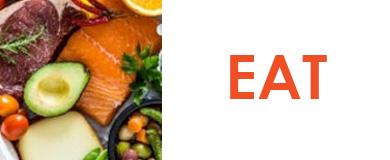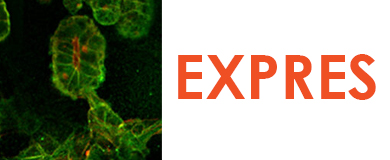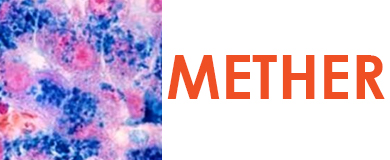Exogenous and endogenous stress, plasticity of responses and diseases
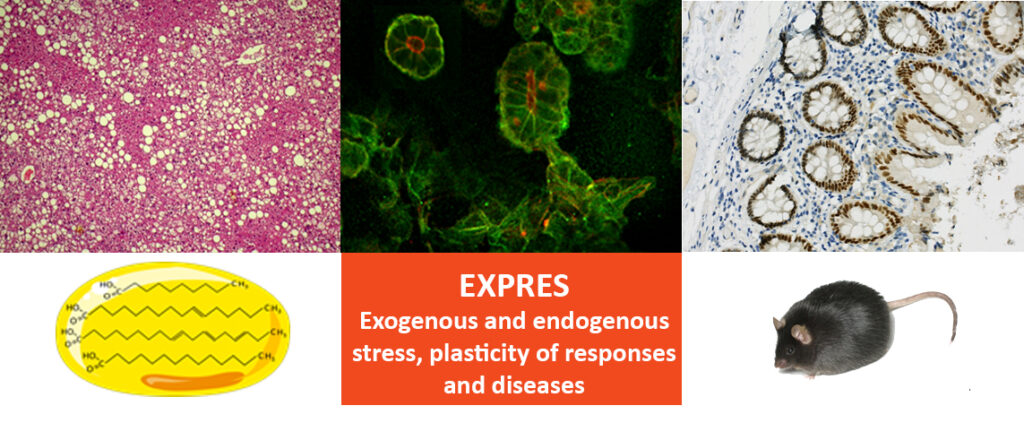
Team leaders :
Anne Corlu & Bernard Fromenty
Gut and liver are key organs for the absorption and metabolism of nutrients such as carbohydrates and lipids, which in excess can induce obesity and associated diseases such as metabolic dysfunction-associated nonalcoholic fatty liver disease (MAFLD). In addition, liver is exposed to many toxic xenobiotics as well as to pro-inflammatory mediators released from tissues including the gastrointestinal tract. Although these tissues have defense and repair mechanisms in order to curb the harmful consequences of these stressors, the adaptive responses are altered in certain individuals, thus promoting the occurrence of various pathologies such as chronic inflammatory bowel disease (IBD), MAFLD (including extensive fibrosis and cirrhosis) and hepatocellular carcinoma (HCC), or aggravation of sepsis. Consequently, the plasticity of responses to different types of stress leads in some cases to the development of severe pathologies. The impact of obesity and MAFLD on impaired stress response is also investigated.
In this pathophysiological context, our investigations are developed around two main axes:
Theme 1: Biological and toxic effects of xenobiotics and lipids. This theme is divided into 3 sub-themes: a) Liver toxicity of xenobiotics including certain drugs and environmental toxins such as endocrine disruptors; b) Deleterious and beneficial effects of dietary and endogenous fatty acids; c) Impacts of MAFLD and insulin resistance on some cytochromes P450 (CYPs), in particular CYP2E1.
Theme 2: Tissue remodeling and metabolic reprogramming. This theme is divided into 3 sub-topics: a) Inflammation and epithelial healing; b) Inflammatory and metabolic response to stress including hypoxia and infections; c) Microenvironment and phenotypic plasticity in tumor progression and drug resistance in the context of HCC.
These two themes share common keywords such as “mitochondria”, “lipids”, “inflammation” and “oxidative stress”. For some research projects, the experimental approaches are supplemented by clinical investigations supervised by clinicians from the team. Our goal is to provide new paradigms that will allow a better understanding of the pathophysiology of different severe hepato-gastrointestinal diseases and to discover effective and non-toxic therapeutic approaches for their treatment. We also hope that our investigations will help to find new strategies to stimulate intestinal healing or hepatic regeneration without inducing deleterious effects that could promote fibrosis or carcinogenesis.
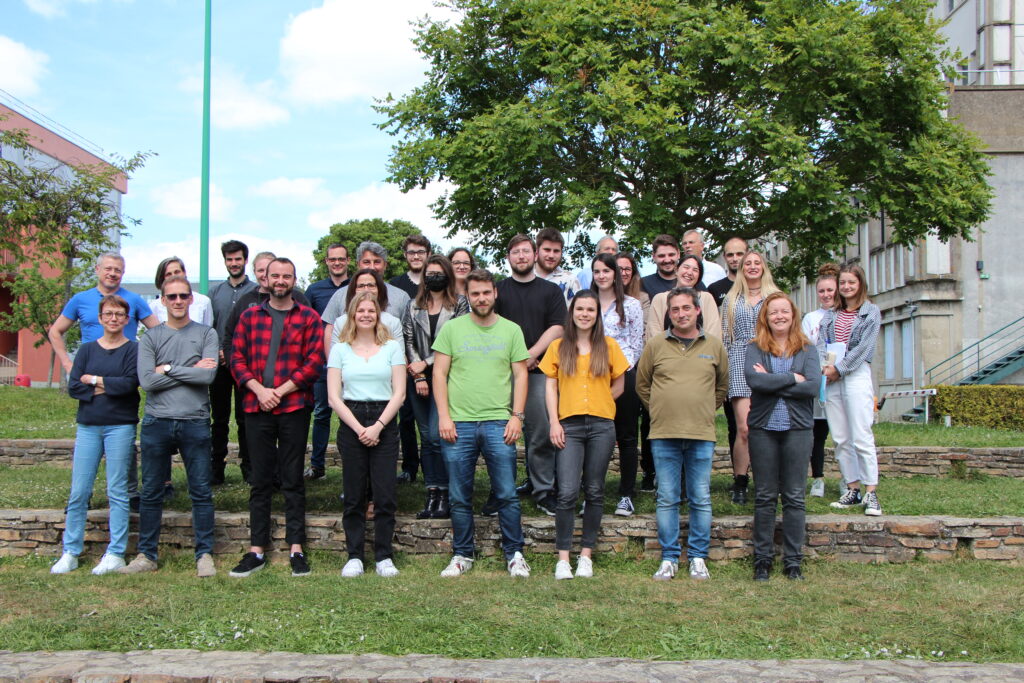
Recent publications :
- Fromenty B., Roden M. Mitochondrial alterations in fatty liver diseases. J. Hepatol. 2022 doi: org/10.1016/j.jhep.2022.09.020.
- Dubois-Pot-Schneider H, Aninat C, Kattler K, Fekir K, Jarnouen K, Cerec V, Glaise D, Salhab A, Gasparoni G, Takashi K, Ishida S, Walter J, Corlu A. Transcriptional and epigenetic Consequences of DMSO treatment on HepaRG cells. Cells. 2022 Jul 26;11(15):2298. doi: 10.3390/cells11152298.
- Desquilles L, Cano L, Ghukasyan G, Mouchet N, Landreau C, Corlu A, Clément B, Turlin B, Désert R, Musso O. Well-differentiated liver cancers reveal the potential link between ACE2 dysfunction and metabolic breakdown. Sci Rep. 2022 Feb 3;12(1):1859. doi: 10.1038/s41598-021-03710-0.
- Massart J, Begriche K, Corlu A, Fromenty B. Xenobiotic-Induced Aggravation of Metabolic-Associated Fatty Liver Disease. Int J Mol Sci. 2022 Jan 19;23(3):1062. doi: 10.3390/ijms23031062.
- Laland M, François M, D’Amico F, Zallot C, Brochard C, Dewitte M, Siproudhis L, Peyrin-Biroulet L, Bouguen G. Identification of the optimal medical and surgical management for patients with perianal fistulising Crohn’s disease. Colorectal Dis. 2022 Aug 25. doi: 10.1111/codi.16314.
- Guerbette T, Boudry G, Lan A. Mitochondrial function in intestinal epithelium homeostasis and modulation in diet-induced obesity. Mol Metab. 2022 Sep;63:101546. doi: 10.1016/j.molmet.2022.101546.
- Massart N, Mansour A, Flecher E, Ross JT, Ecoffey C, Verhoye JP, Launey Y, Auffret V, Nesseler N. Clinical Benefit of Extubation in Patients on Venoarterial Extracorporeal Membrane Oxygenation. Crit Care Med. 2022 May 1;50(5):760-769. doi: 10.1097/CCM.0000000000005304.
- Lelou E, Corlu A, Nesseler N, Rauch C, Mallédant Y, Seguin P, Aninat C. The Role of Catecholamines in Pathophysiological Liver Processes. Cells. 2022 Mar 17;11(6):1021. doi: 10.3390/cells11061021.
- Ferron PJ, Le Daré B, Bronsard J, Steichen C, Babina E, Pelletier R, Hauet T, Morel I, Tarte K, Reizine F, Clément B, Fromenty B, Gicquel T. Molecular Networking for Drug Toxicities Studies: The Case of Hydroxychloroquine in COVID-19 Patients. Int J Mol Sci. 2021 Dec 22;23(1):82. doi: 10.3390/ijms23010082.
- Legrand P, Catheline D, Rioux V. Lipids should not be demonized in adults and in infants. Med Sci (Paris). 2021 Jan;37(1):41-46. doi: 10.1051/medsci/2020257.
- Allard J, Bucher S, Massart J, Ferron PJ, Le Guillou D, Loyant R, Daniel Y, Launay Y, Buron N, Begriche K, Borgne-Sanchez A, Fromenty B. Drug-induced hepatic steatosis in absence of severe mitochondrial dysfunction in HepaRG cells: proof of multiple mechanism-based toxicity. Cell Biol Toxicol. 2021 Apr;37(2):151-175. doi: 10.1007/s10565-020-09537-1.
- Daniel Y, Lelou E, Aninat C, Corlu A, Cabillic F. Interplay between Metabolism Reprogramming and Epithelial-to-Mesenchymal Transition in Cancer Stem Cells. Cancers (Basel). 2021 Apr 20;13(8):1973. doi: 10.3390/cancers13081973.
- Le Daré B, Ferron PJ, Bellamri N, Ribault C, Delpy E, Zal F, Lagente V, Gicquel T. A therapeutic oxygen carrier isolated from Arenicola marina decreases amanitin-induced hepatotoxicity.Toxicon. 2021 Sep;200:87-91. doi: 10.1016/j.toxicon.2021.07.004.
- Guillocheau E, Penhoat C, Drouin G, Godet A, Catheline D, Legrand P, Rioux V. Current intakes of trans-palmitoleic (trans-C16:1 n-7) and trans-vaccenic (trans-C18:1 n-7) acids in France are exclusively ensured by ruminant milk and ruminant meat: A market basket investigation. Food Chem X. 2020 Feb 12;5:100081. doi: 10.1016/j.fochx.2020.100081.
